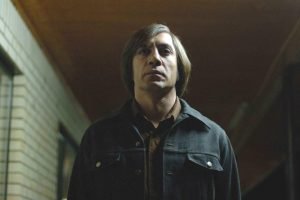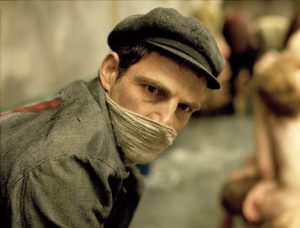The Master: A Cinematic Exploration of Power, Control, and the Human Psyche
In the world of cinema, there are few films that can leave a lasting impression on its viewers. One such movie is “The Master,” a 2012 American drama film that delves deep into the themes of power, control, and the human psyche. Directed by Paul Thomas Anderson and featuring powerhouse performances from Joaquin Phoenix and Philip Seymour Hoffman, this film has garnered critical acclaim and numerous accolades. In this article, we will take a cinematic exploration of “The Master,” analyzing its plot, themes, and characters.
In the world of cinema, there are few films that can leave a lasting impression on its viewers. One such movie is “The Master,” a 2012 American drama film that delves deep into the themes of power, control, and the human psyche. Directed by Paul Thomas Anderson and featuring powerhouse performances from Joaquin Phoenix and Philip Seymour Hoffman, this film has garnered critical acclaim and numerous accolades. In this article, we will take a cinematic exploration of “The Master,” analyzing its plot, themes, and characters.
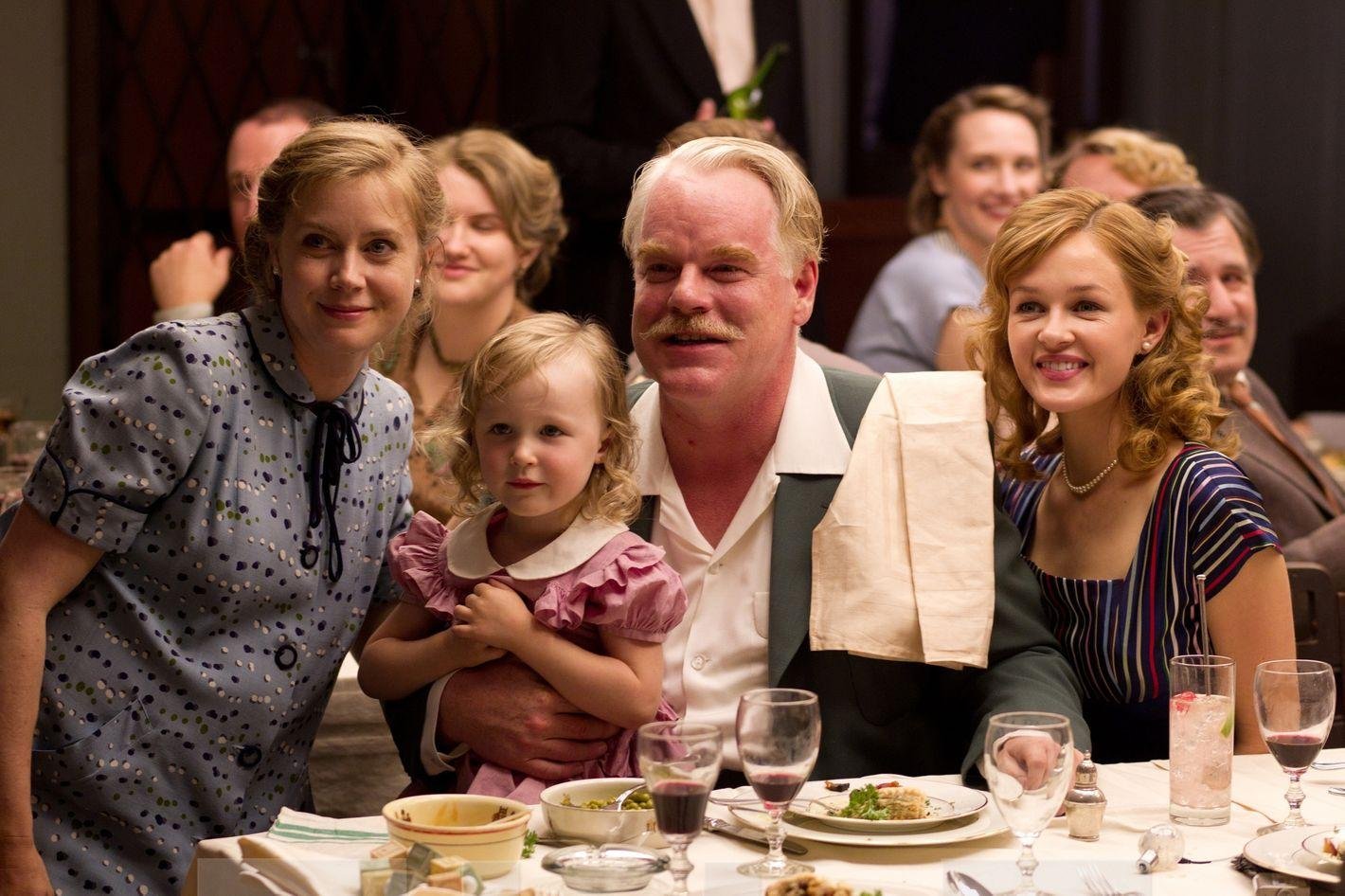
Introduction to “The Master”
The Master is a 2012 American drama film written and directed by Paul Thomas Anderson. The film follows the story of Freddie Quell (played by Joaquin Phoenix), a World War II veteran who struggles to adjust to post-war society. He meets Lancaster Dodd (played by Philip Seymour Hoffman), a charismatic and enigmatic leader of a philosophical movement known as “The Cause.” The film explores the complex relationship between the two characters and their search for meaning, identity, and purpose in life. With outstanding performances from Phoenix and Hoffman and a thought-provoking storyline, The Master is a must-see film for anyone interested in deep and reflective cinema.
Director and writer of the film
The director and writer of “The Master” film, Paul Thomas Anderson, is a renowned name in the film industry. He is known for his unique and unconventional storytelling techniques, and “The Master” is no exception. Anderson’s direction and writing have brilliantly captured the complexities of the human psyche and the dynamics of cults. His use of long takes and close-ups, along with the exceptional performances by Joaquin Phoenix and Philip Seymour Hoffman, make the film a cinematic masterpiece. Anderson’s attention to detail and vision have made “The Master” a must-watch for cinema enthusiasts.
Overview of the plot
“The Master” is a thought-provoking drama that explores the complex relationship between a charismatic cult leader, Lancaster Dodd (Philip Seymour Hoffman), and a troubled World War II veteran, Freddie Quell (Joaquin Phoenix). Set in the 1950s, the film challenges our perceptions of faith, power, and human connection, as Dodd seeks to expand his movement and Quell struggles to find his place in the world. As the two men share a tumultuous journey across America, their bond deepens and fractures, ultimately leading to a profound confrontation that will leave audiences questioning their own beliefs and values.
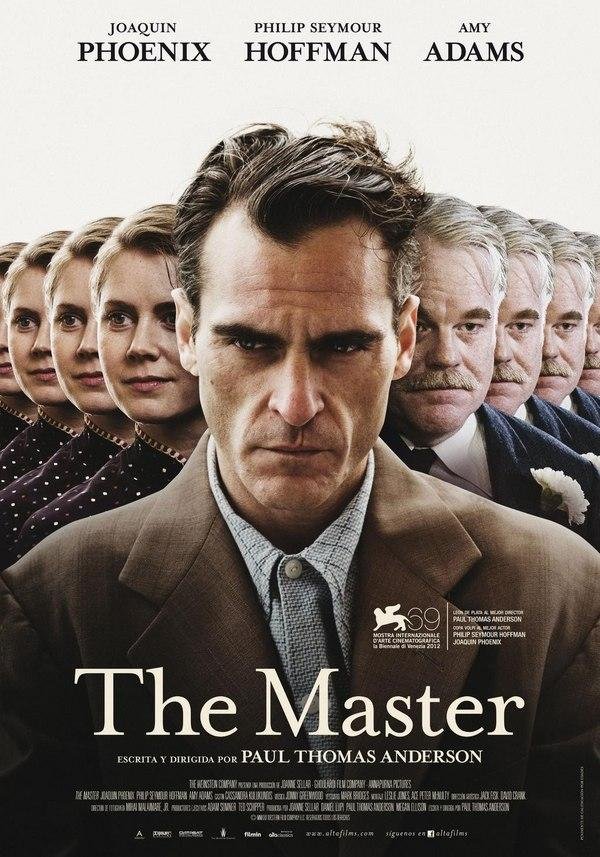
Key characters in the film
One of the most significant aspects of Paul Thomas Anderson‘s “The Master” is its fascinating and complex characters. The film revolves around the relationship between Freddie Quell (Joaquin Phoenix), a troubled World War II veteran, and Lancaster Dodd (Philip Seymour Hoffman), the charismatic leader of a philosophical movement known as “The Cause.” The dynamic between these two characters is electrifying, with Phoenix and Hoffman delivering powerhouse performances. Amy Adams also shines as Dodd’s wife, Peggy, who serves as a formidable force within The Cause. Each character is multidimensional, and their interactions are both captivating and unsettling, making “The Master” a must-see for fans of character-driven drama.
Cinematography and visual style
Cinematography and visual style play a crucial role in setting the tone and mood of a film, and this is particularly evident in “The Master.” Director Paul Thomas Anderson and cinematographer Mihai Malaimare Jr. make use of stunning visuals, such as sweeping landscapes and tight close-ups, to draw the audience into the world of the film. The use of color and lighting is also masterful, with warm, golden hues contrasting with cool, blue tones to create a sense of tension and unease. The film’s visual style is a key component of its storytelling, and it is clear that every shot was crafted with care and intentionality.
Sound design and score
The Master, directed by Paul Thomas Anderson, is a cinematic masterpiece that showcases brilliant sound design and score. The film’s sound design, created by Christopher Scarabosio and Matthew Wood, is incredibly immersive and sets the tone for each scene. The score, composed by Jonny Greenwood, perfectly captures the film’s mood and adds another layer of complexity to the story. From the hauntingly beautiful “Baton Sparks” to the chaotic “Application 45 Version 1,” Greenwood’s music leaves a lasting impression on the viewer. The sound design and score in The Master work together seamlessly to create a truly unforgettable cinematic experience.
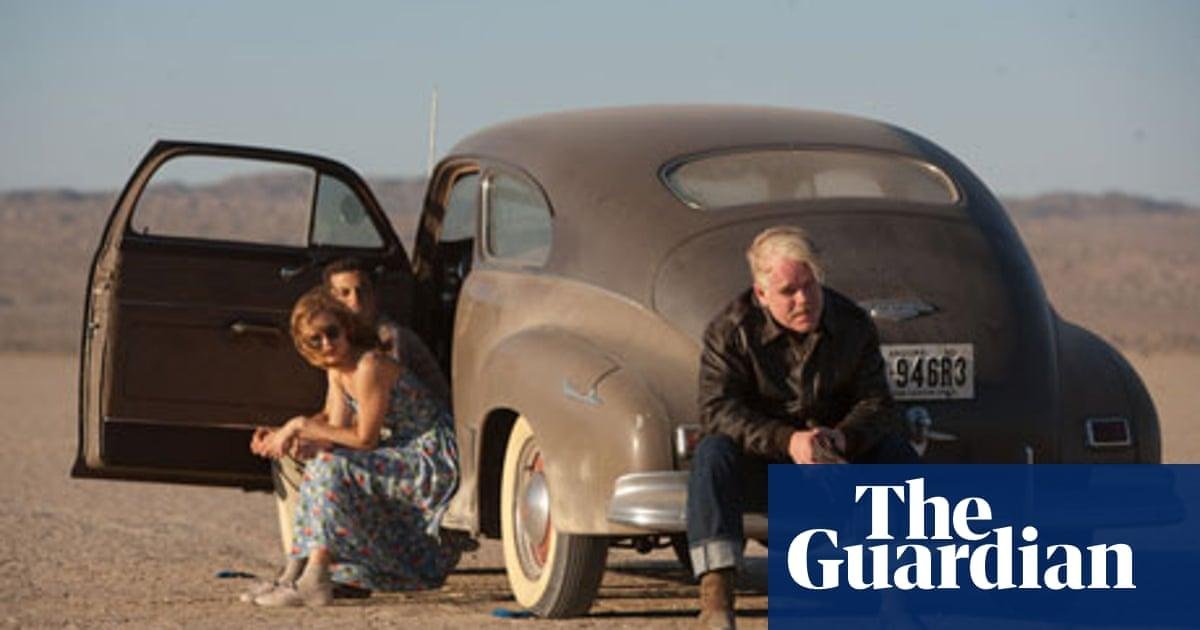
Themes explored in the film
The Master is a film that explores various themes throughout its runtime. One of the main themes of the film is the search for identity and purpose. It portrays the story of a World War II veteran who is struggling to find his place in the world. The film also delves into the concept of power and control, as the protagonist becomes involved in a cult-like organization led by a charismatic leader. Additionally, the film explores the impact of trauma and the complexities of human relationships. Overall, The Master is a thought-provoking film that offers a deep and nuanced exploration of a range of themes.
Reception and critical response
The Master, directed by Paul Thomas Anderson, received mixed responses from critics and audiences alike upon its release in 20 While some praised the film’s cinematography and stellar performances from Joaquin Phoenix and Philip Seymour Hoffman, others criticized the slow pacing and lack of a cohesive plot. Despite this divide, The Master was nominated for three Academy Awards and has since gained a cult following among cinephiles who appreciate its profound exploration of power dynamics and human nature. Overall, The Master’s reception and critical response reflect its status as a polarizing and thought-provoking piece of cinema.
Analysis of the film’s ending
The ending of “The Master” leaves audiences with a lot of unanswered questions. Was the relationship between Lancaster Dodd and Freddie Quell genuine or just a manipulative game? Did Freddie finally find peace or was he lost forever? These are just a few of the many questions that arise. One interpretation of the ending is that it shows the ultimate failure of Dodd’s cult-like organization and the inability of Freddie to truly find his place in the world. However, the beauty of “The Master” lies in its openness to interpretation, allowing the audience to draw their own conclusions and engage in endless discussions about the film’s meaning.
Conclusion and final thoughts on “The Master”
In conclusion, “The Master” is a masterpiece that showcases the immense talent of its cast and crew. The film is a brilliant character study that delves into the complexities of human nature, power dynamics, and the search for meaning. Joaquin Phoenix and Philip Seymour Hoffman deliver powerful performances that are truly unforgettable. Director Paul Thomas Anderson‘s command of the camera and storytelling is impeccable, making “The Master” a must-watch for anyone interested in cinema, movies and actors. Overall, this film is a triumph of both technical and artistic prowess and is sure to leave a lasting impression on its viewers.
For more information about The Master film analysis, including movie details, cast information, etc..
check out the filmaffinity page.

